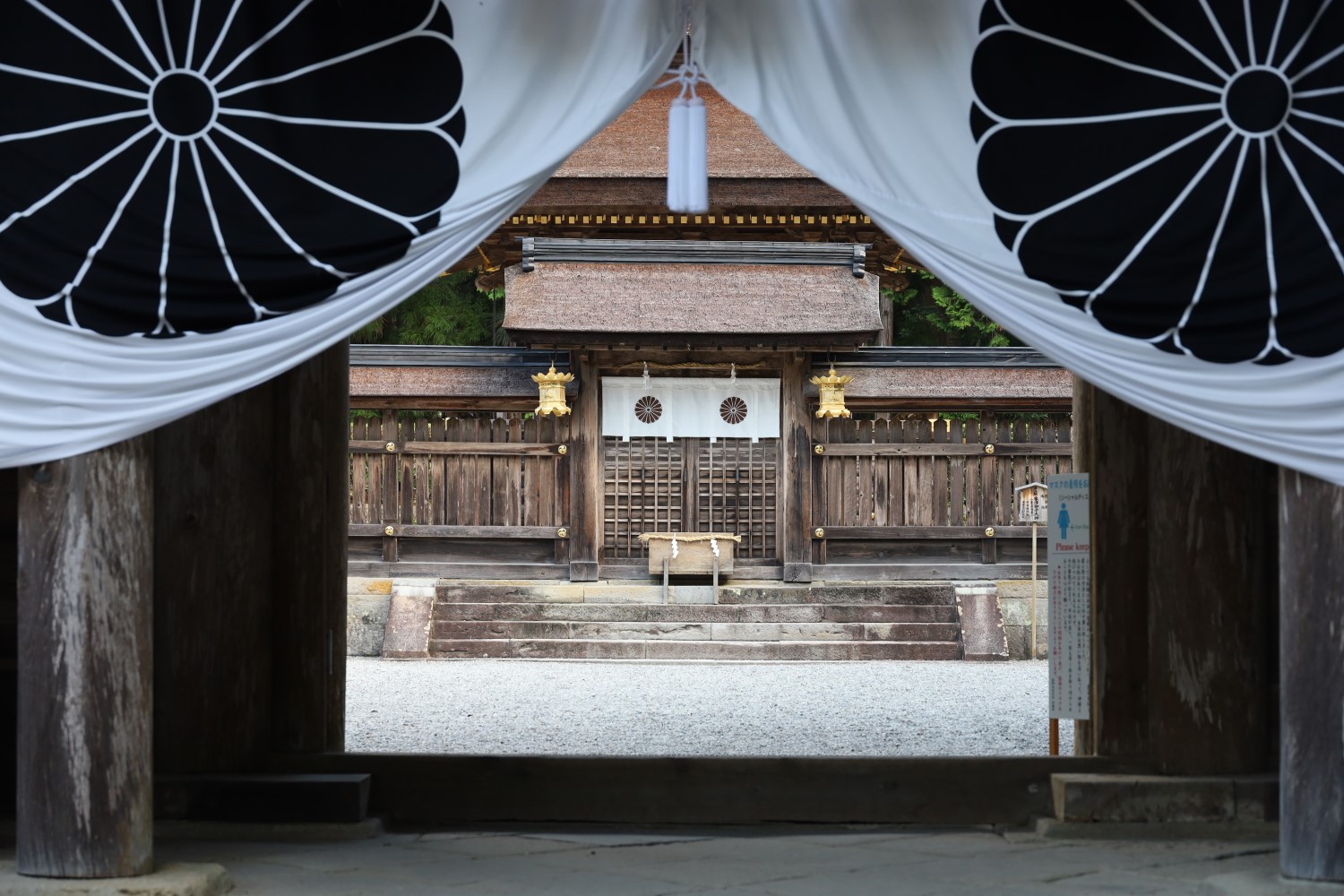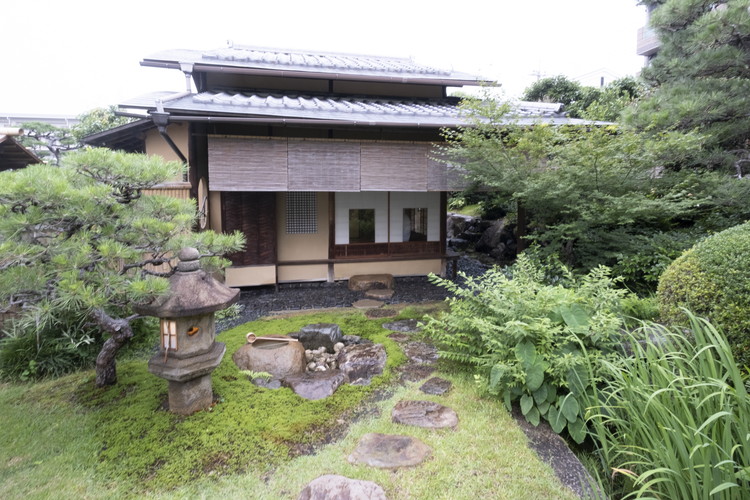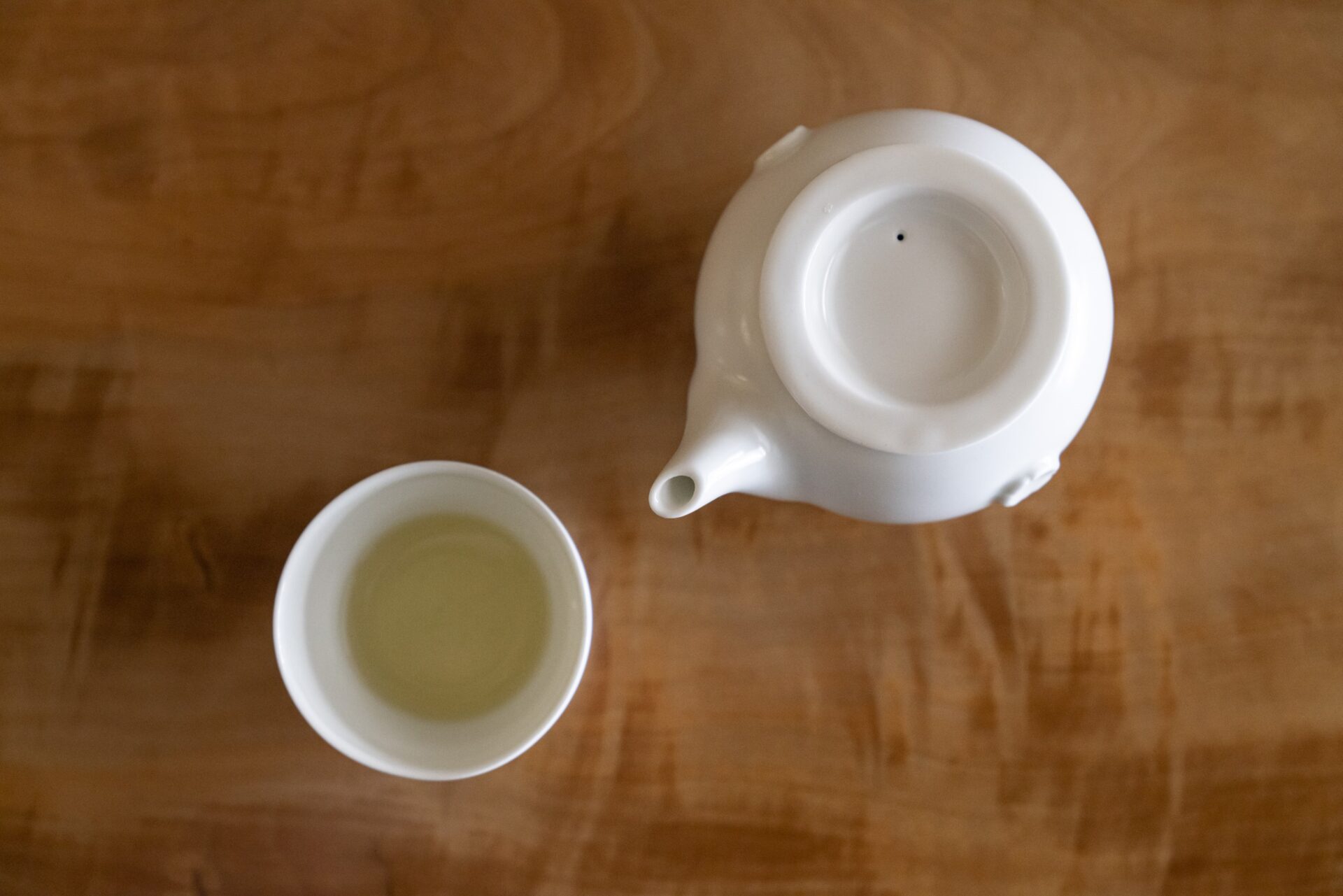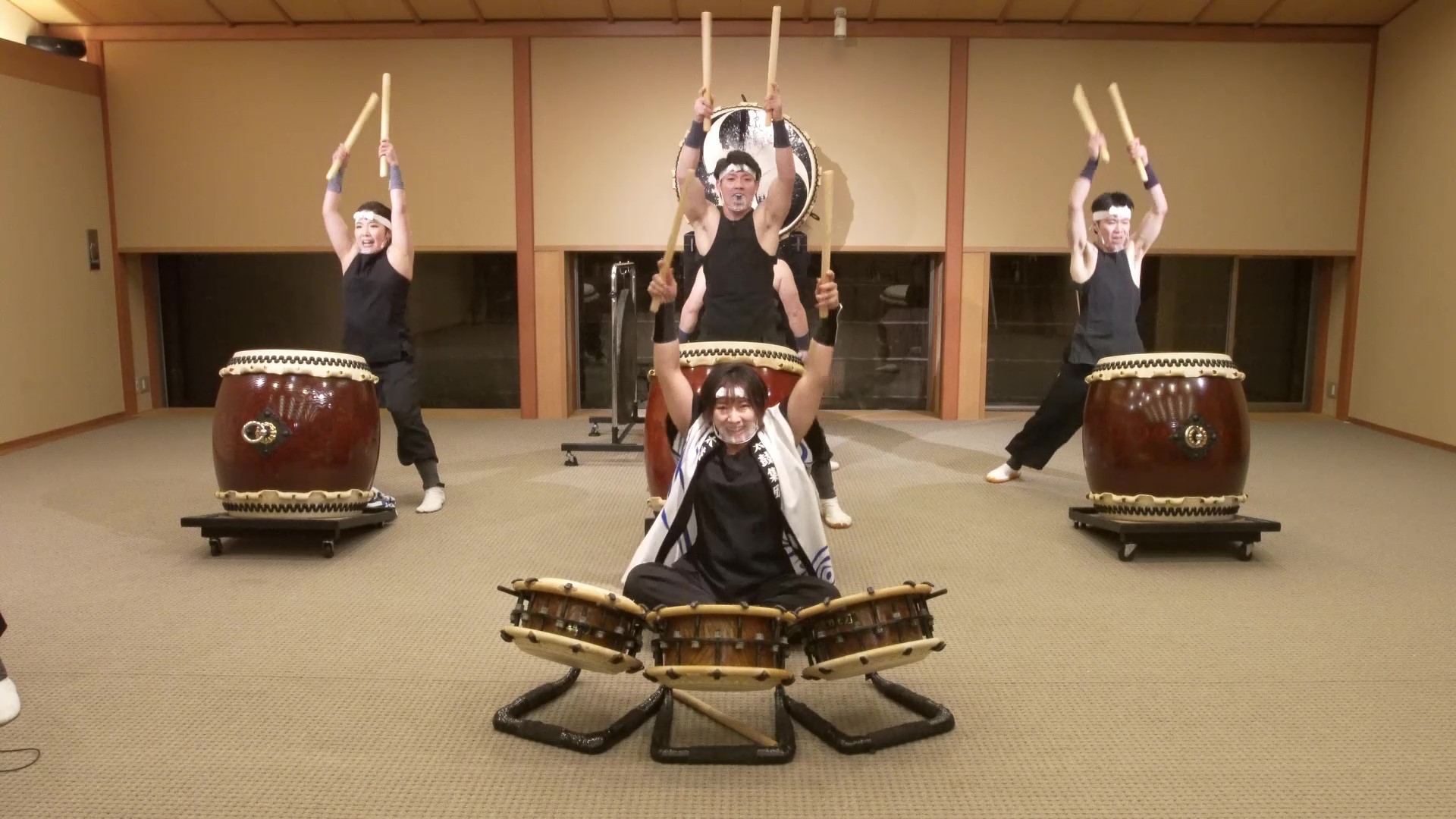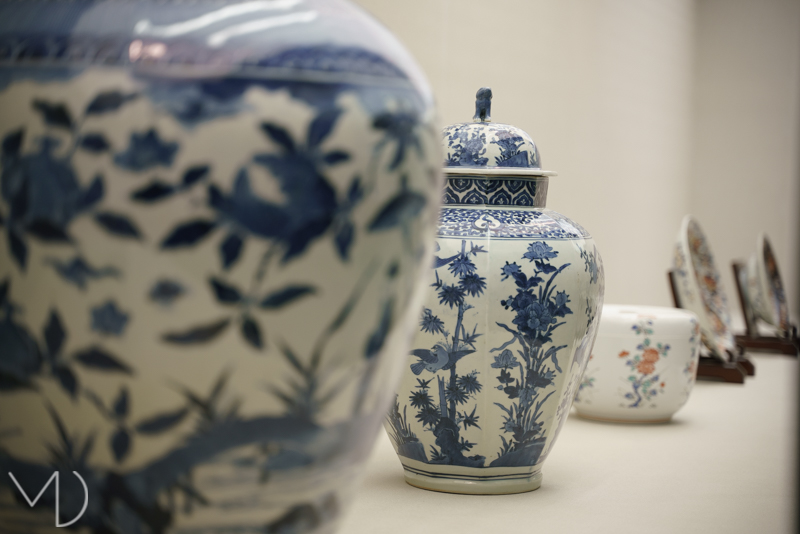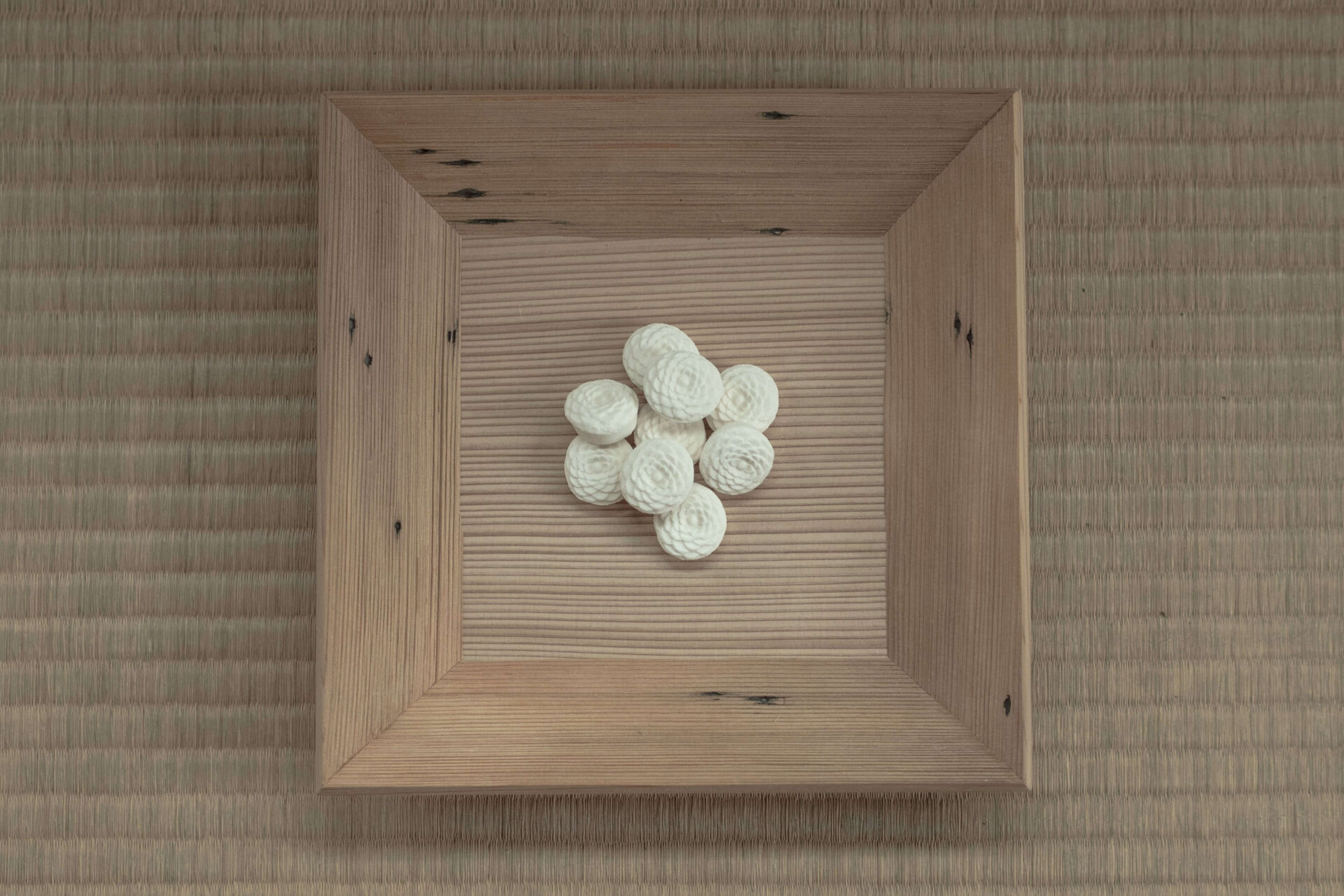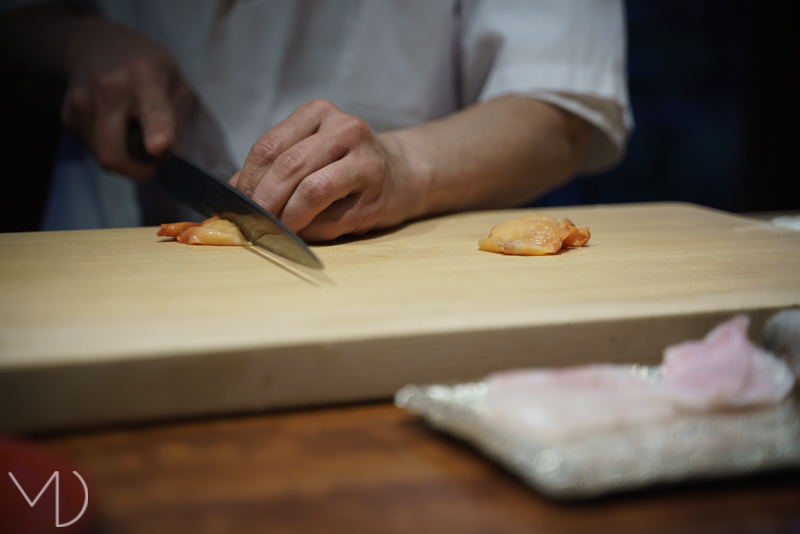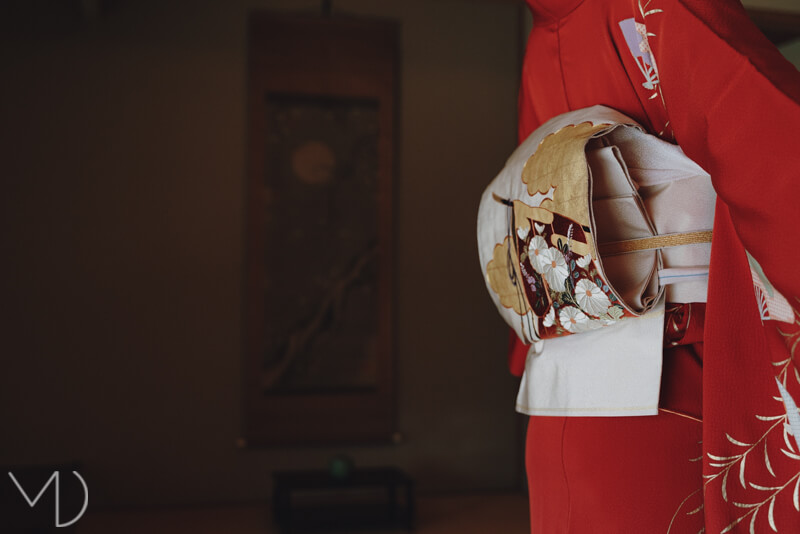
Wood & Bamboo Crafts
The tradition of using Japan’s plentiful resources of wood and bamboo to create both functional items and sublime artistic pieces has existed in Japan for over 1,400 years when the nation’s first capital was established in Nara. Spend time with an artisan to witness these highly evolved woodworking skills in person.


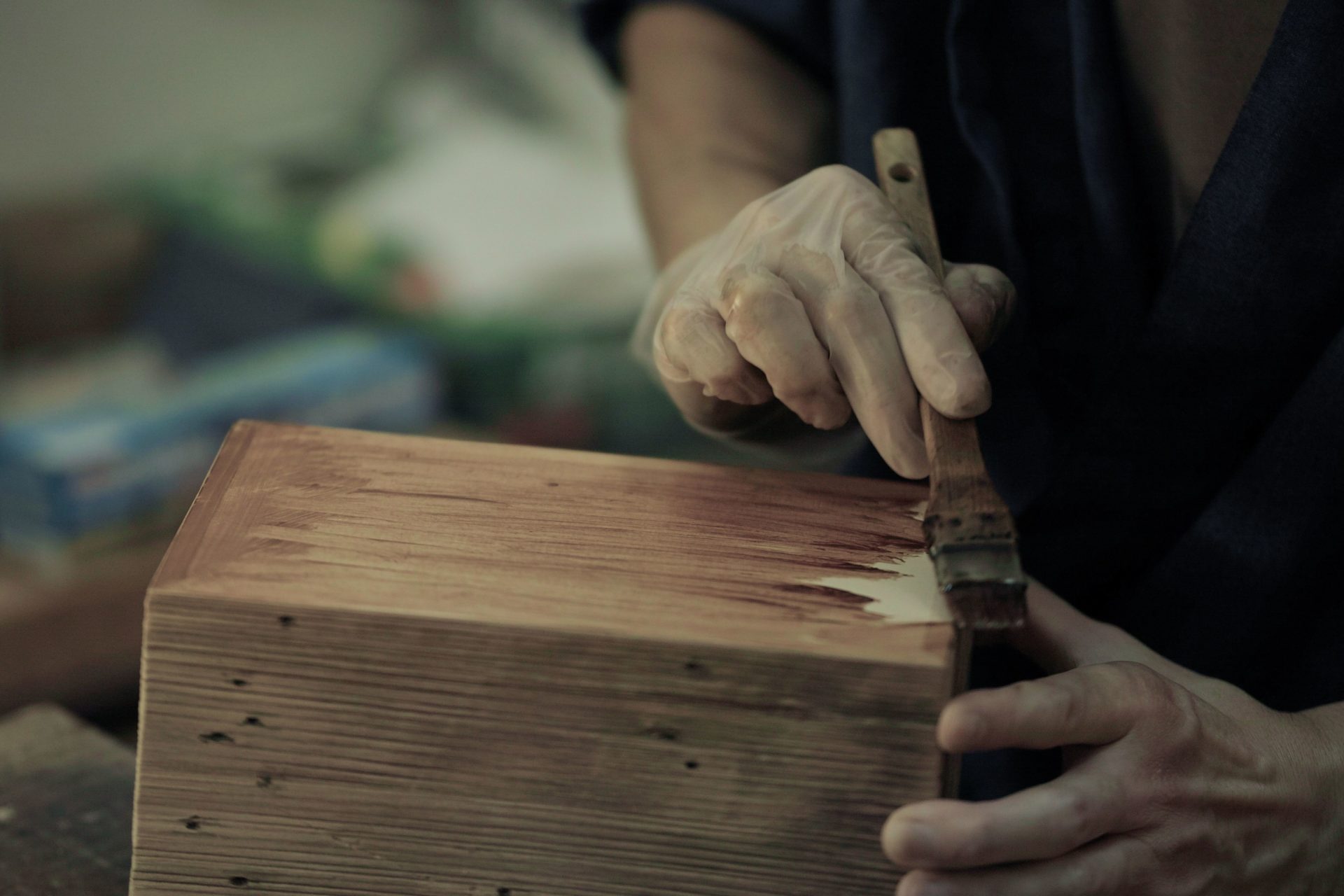
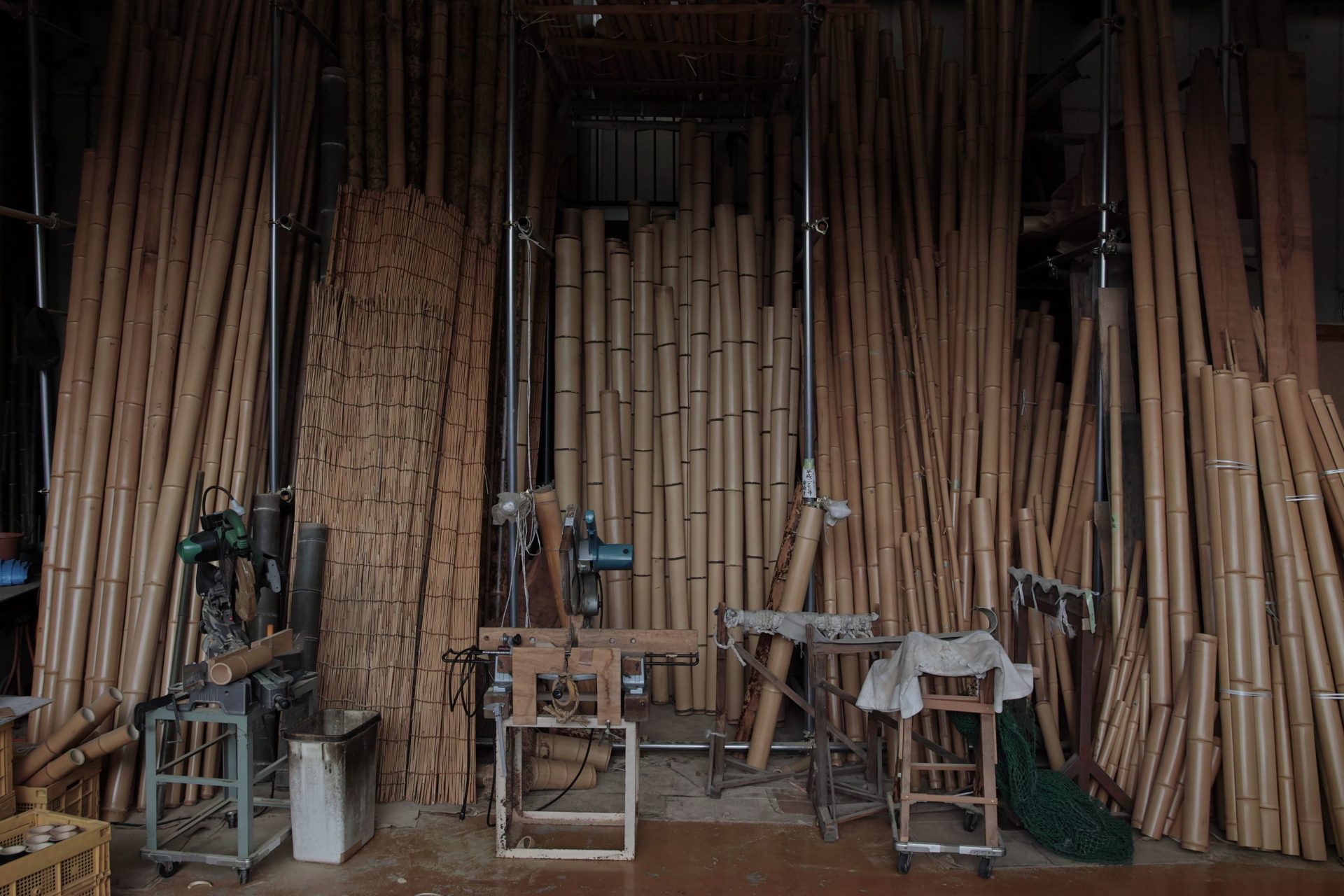
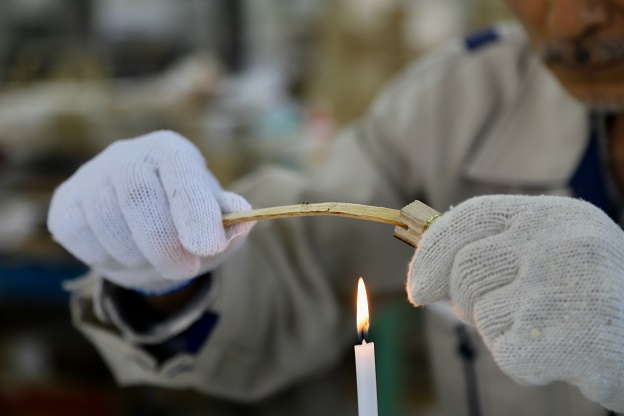
Bamboo & Lacquer Ware
Normally, when creating a piece of art or craft, Japanese artisans will work as a team, each contributing to a different stage of the process where they are masters of that particular skill. There’s a clear division of labor and expertise, and they tend to work separately in their own studio. This makes it difficult for the visitor to witness a work being made in its complete form. However a visit to this workshop in Kyoto allows you to experience the process in full – you will be able to see artisans working on the individual steps of making fine woven bambooware and crafting luminous urushi lacquerware, all in the one place.
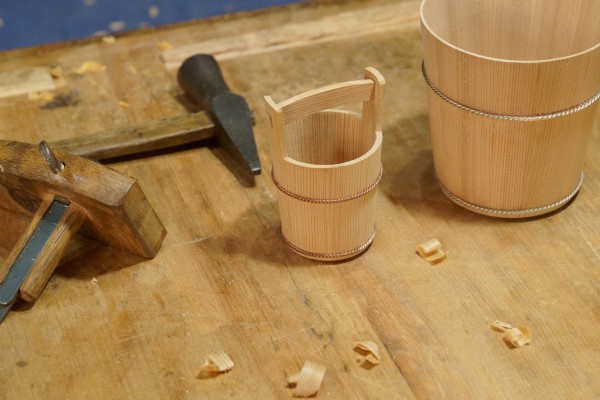
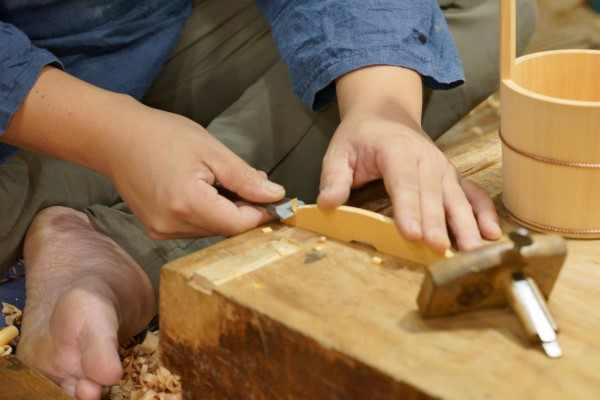
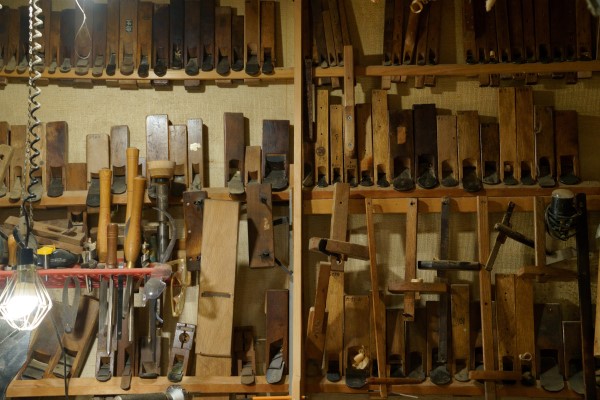
Kyo-Sashimono
Kyo-sashimono is a type of joinery which seamlessly combines pieces of wood without the use of nails. This approach originated in Kyoto during the court culture days of the Heian period (8th-12th century) and developed in line with the demand for religious ornamentation as more temples and shrines were built, and as furnishings and utensils for the tea ceremony. The delicate skills required to shape the wood to best accent the grain and to create perfectly finished edges while ensuring strength in the finished piece are features of this artform. Meet the artisan who will step you through the process of creating these beautiful works of wood.


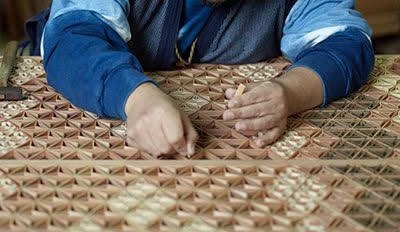
Kumiko
Typically practised in Kyushu, kumiko is a style of joinery which, like Kyo-sashimono, does not use nails in assembling thinly shaven pieces of wood in various patterns to create highly decorated panels or partitions. Taking inspiration from nature and flowers, the patterns are intricately designed and stunning to look at. They also serve the dual purpose of allowing air flow and light distribution while creating a sense of privacy or an enclosed space. In this experience you will delight in the amazingly precise skills of the kumiko artisan.
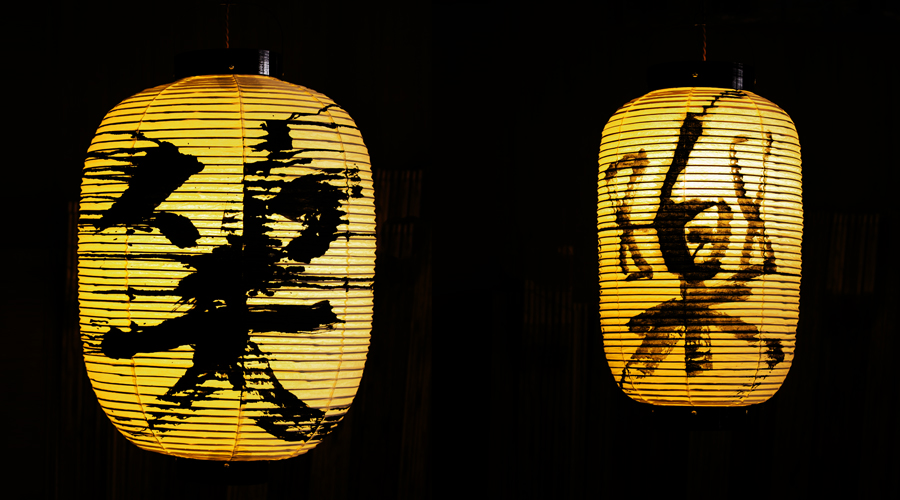
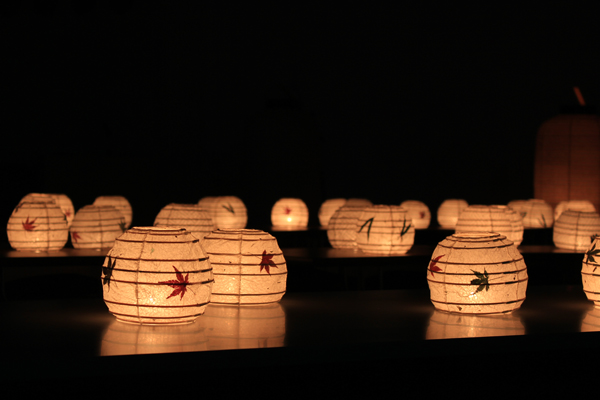
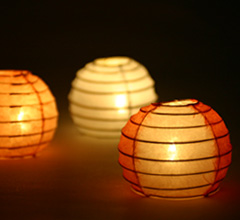
Handmade Lanterns
Bamboo and washi paper typically form the basis of the traditional Japanese lantern. In this experience you have the opportunity to sit beside an artisan as they apply centuries-old techniques to create both traditional and contemporary-style lanterns which would fit seamlessly in any modern-style dwelling. The artisan at this workshop is strongly committed to sustainable practices and uses natural materials in his work. Bamboo is particularly prolific in Japan with a huge range of species. Its strength, flexibility and ability to be split into fine fibers make it a perfect material for lanterns.
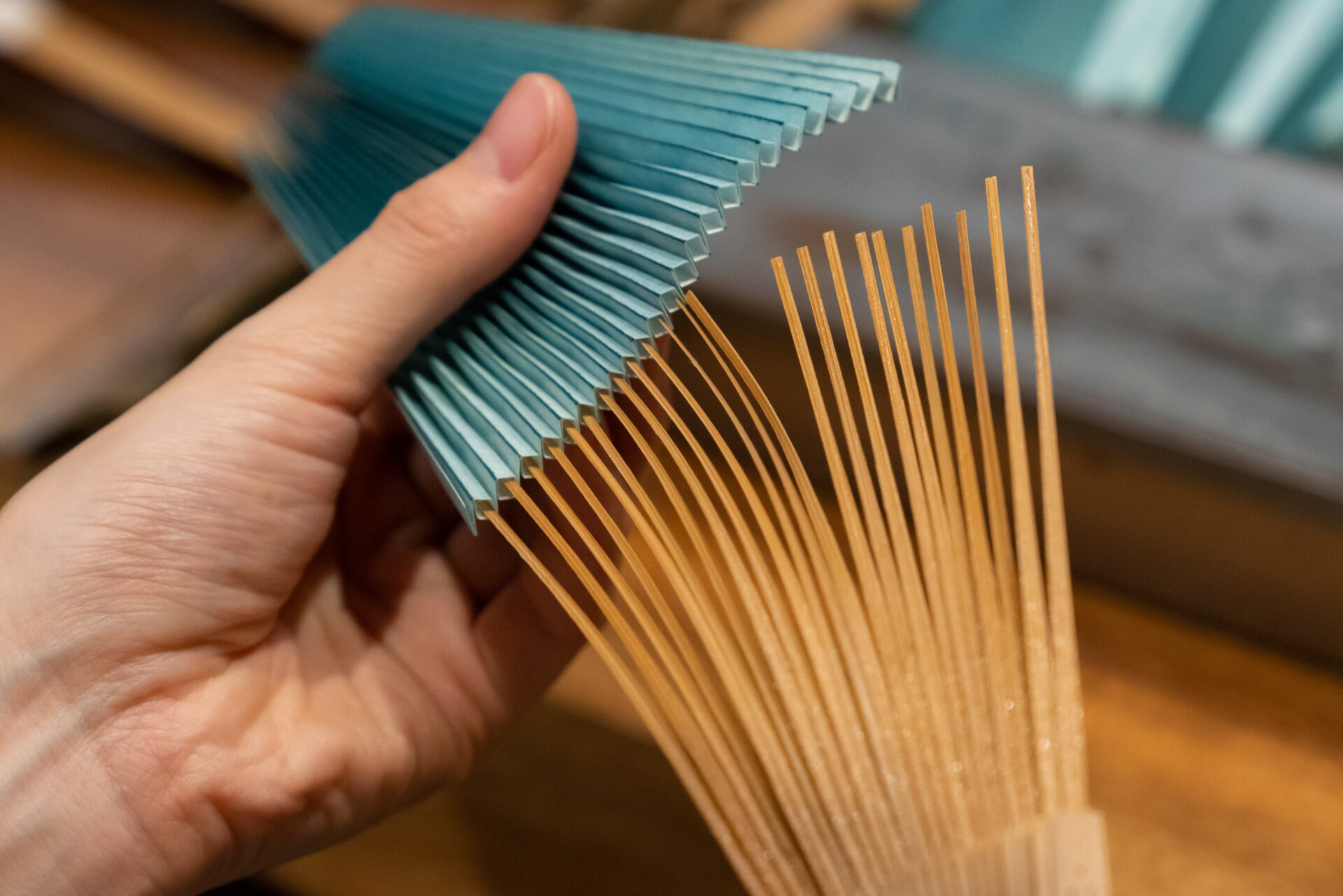

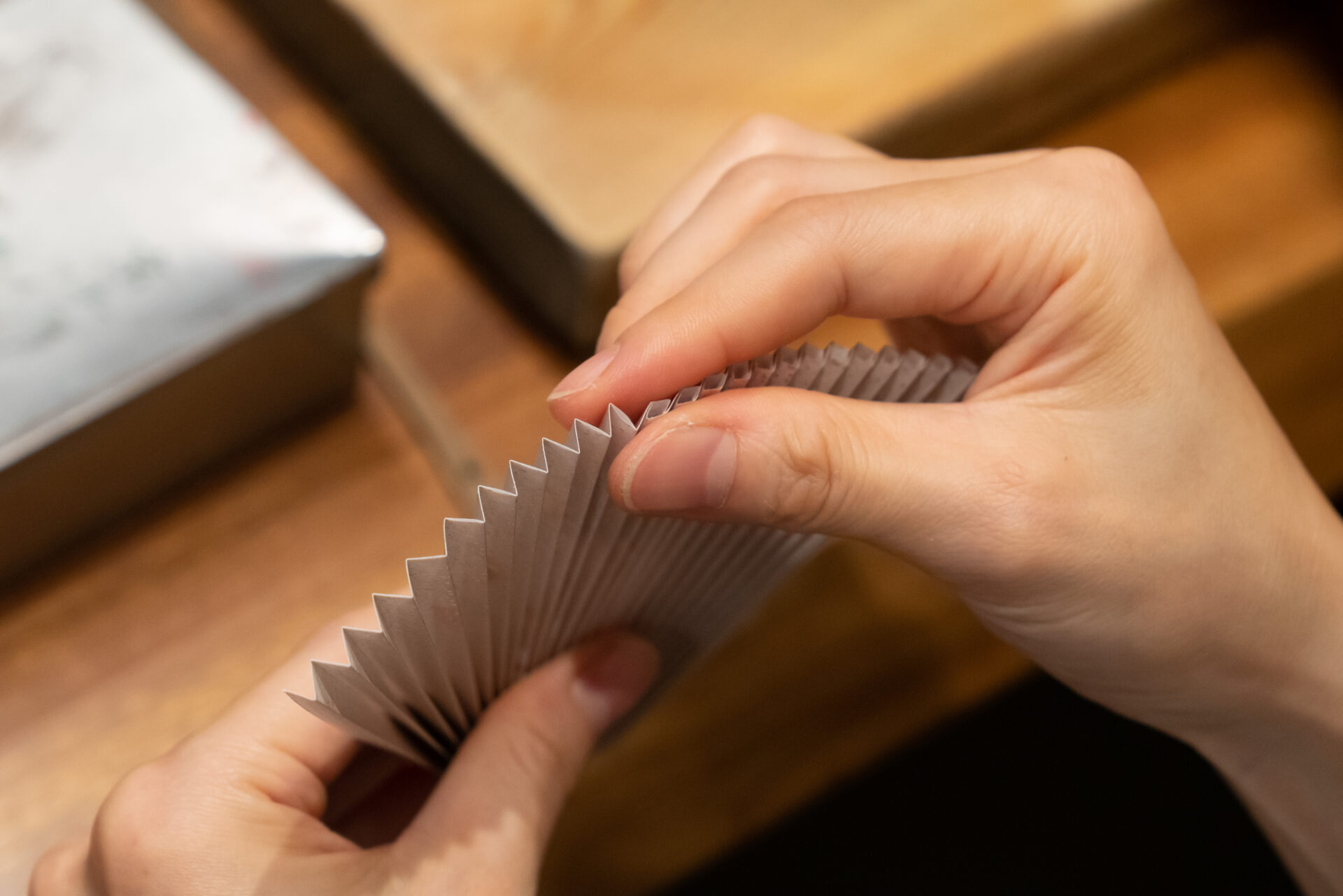
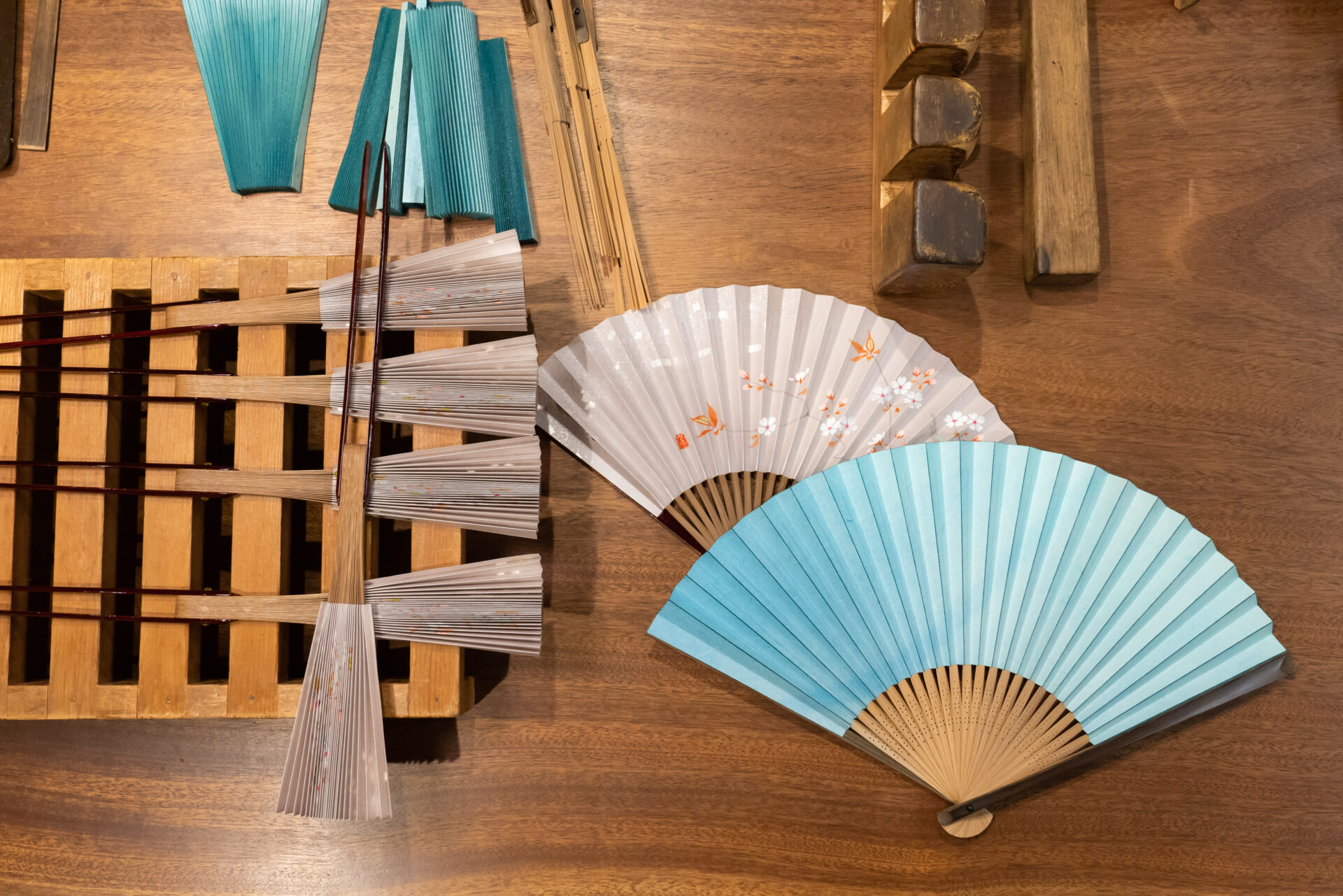
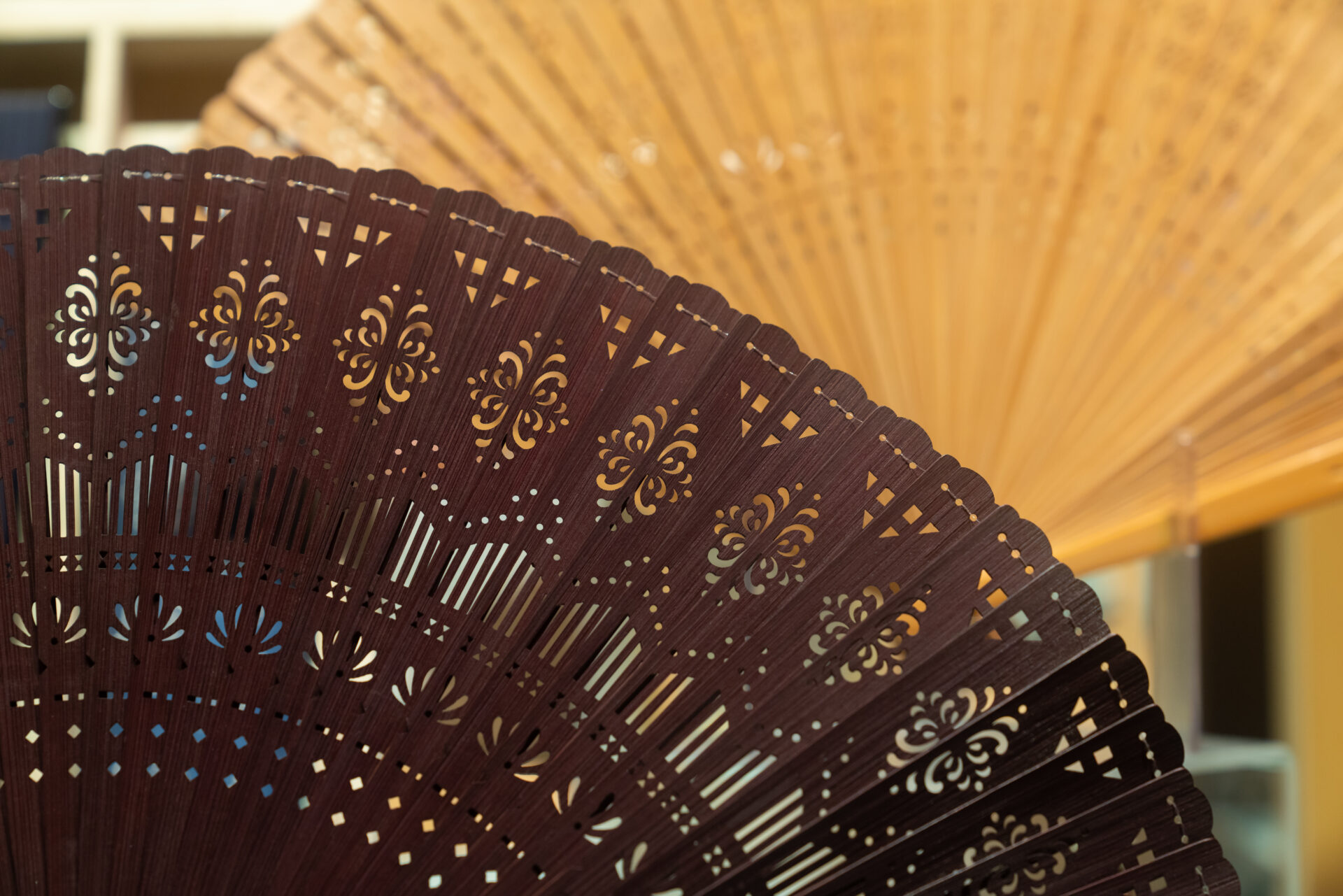
Japanese Fans
These delicate objects have been manufactured for hundreds of years as an efficient way to cool the body. Equally, the simple action of opening a fan (known as sensu) has been used to convey grace or elegance or to dramatic effect by kabuki actors. Through this experience you will learn about the 88 formal processes in making a fan, from building the basic structure to applying the paper or fabric, to hand-painting and final assembly. This will take place in the workshop of one of Kyoto’s oldest fan makers, a 300-year-old family business.
